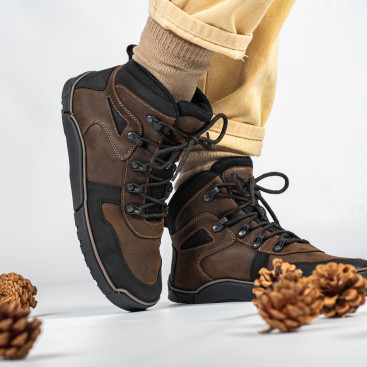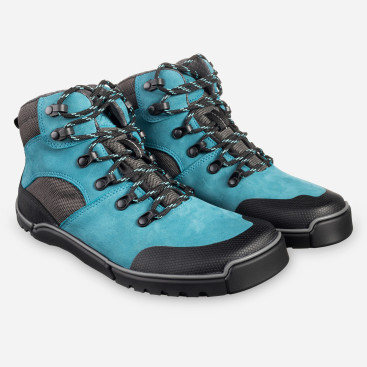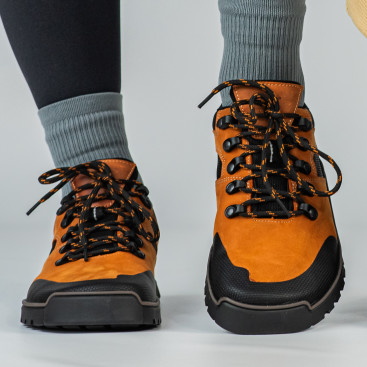Why are barefoot shoes a good choice for winter?
The decision to wear barefoot shoes in winter should not be driven solely by a trend. It is above all a functional and health-oriented choice. Barefoot shoes allow the feet to work according to their natural biomechanics. They let the toes spread freely, do not restrict ankle mobility, and because they lack a traditional heel, they do not alter spinal alignment. In winter, this comfort does not have to disappear. In a well-designed barefoot model, we can count on proper insulation, effective moisture protection, and grip on slippery surfaces – all without giving up the natural work of the foot.
Unlike traditional winter boots that stiffen the ankle and reduce contact with the ground, winter barefoot shoes allow us to feel the terrain, maintain balance, and avoid many issues resulting from improper foot alignment. But to experience these benefits, you need to know how to choose a model that is perfectly suited to your individual needs.
Get to know your foot: the first step to choosing
Choosing barefoot shoes for winter starts long before you enter a store. First, it’s worth getting to know your feet – their length, width, instep height, as well as the shape of your toes and heels. These aren’t details you can ignore. They determine whether a shoe will be comfortable or become a source of pressure, rubbing, or fatigue after a few hours of use.
The length measurement is best done in the afternoon, when the feet are slightly more relaxed. Stand on a sheet of paper, trace your foot, and then measure the distance from the back of the heel to the tip of the longest toe – which is not always the big toe. Measure the width at the widest point of the midfoot. It’s also worth checking the height of your instep – especially if you often struggle to slip into shoes. The more we know about our feet, the easier it will be to avoid mistakes when choosing.
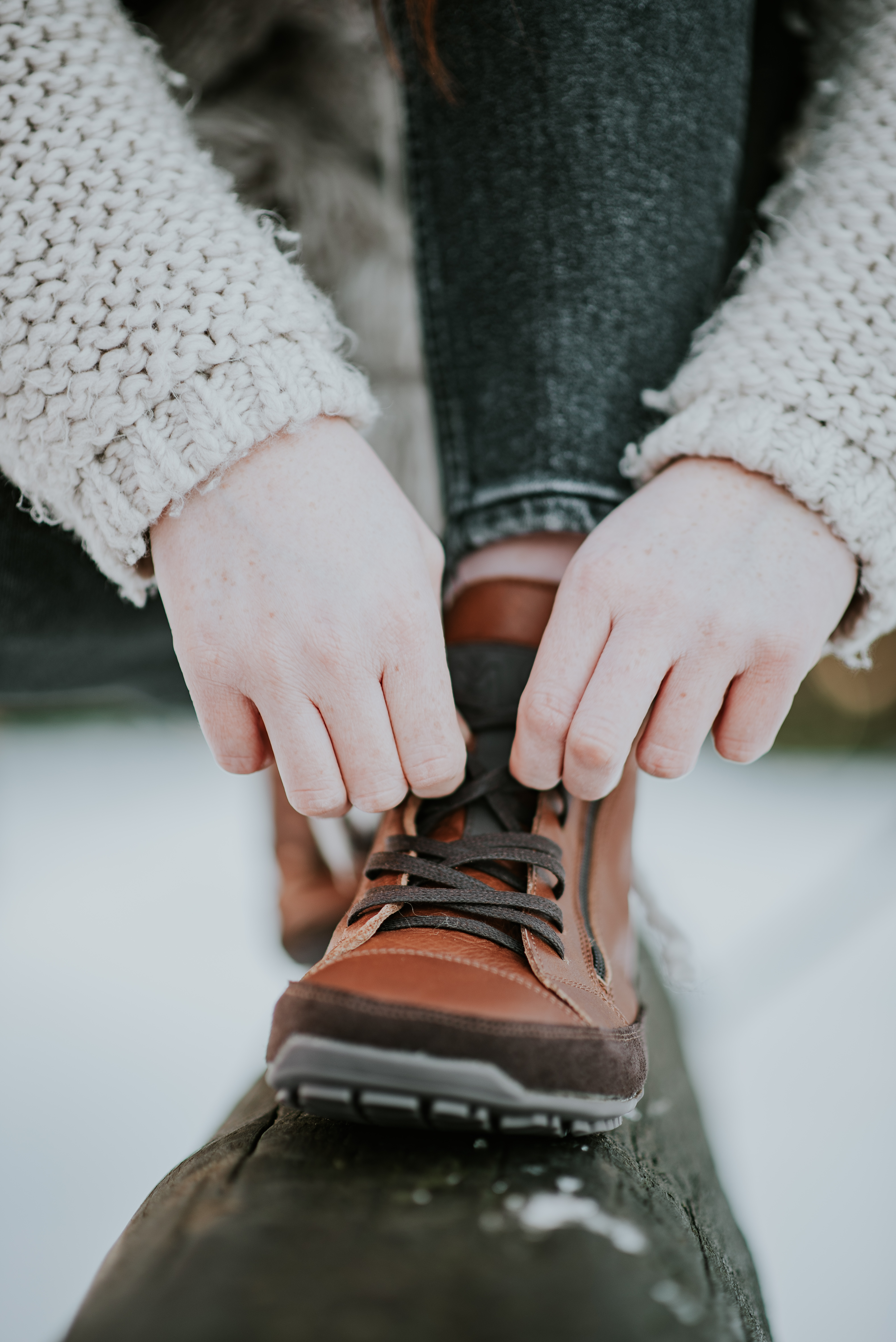




































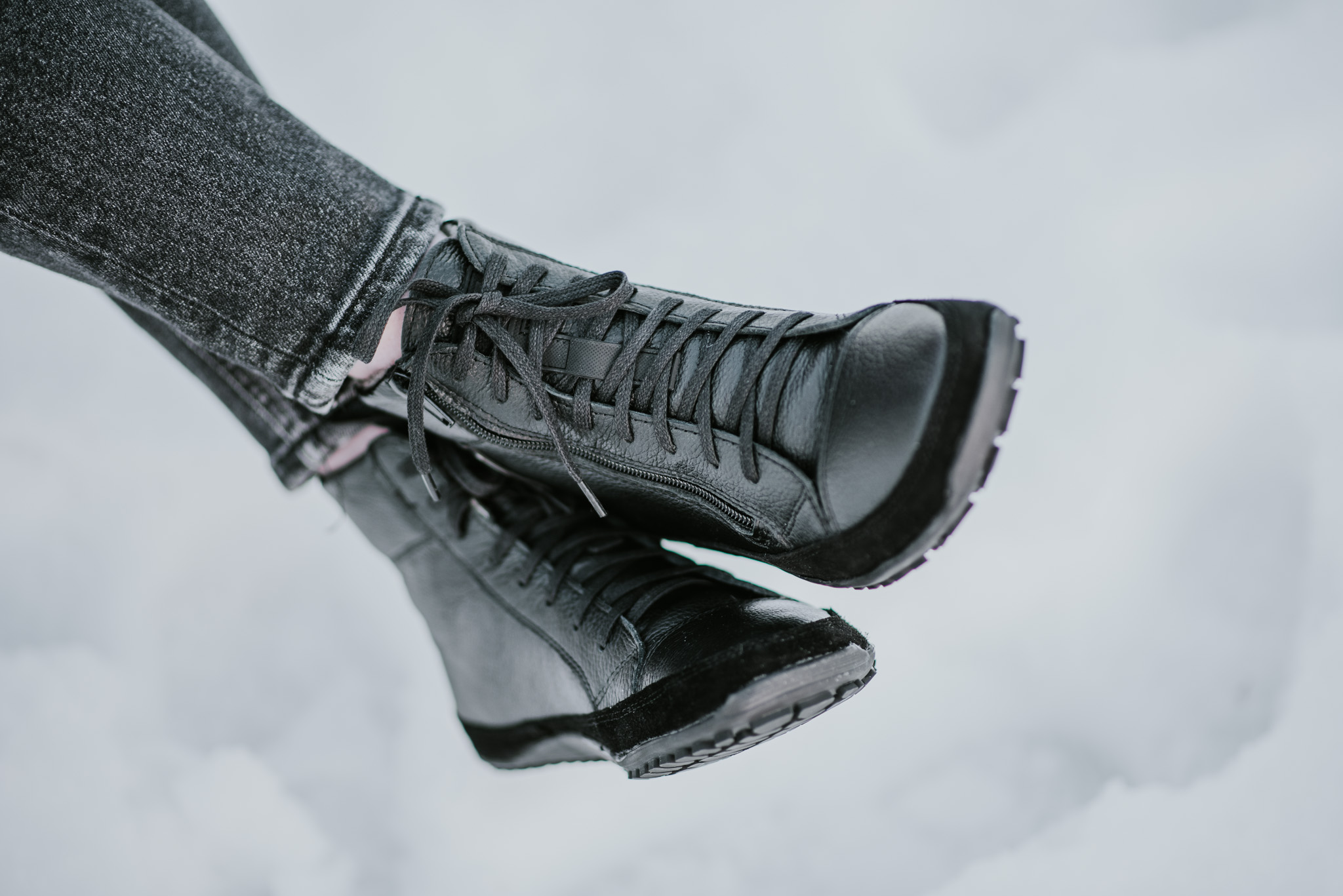
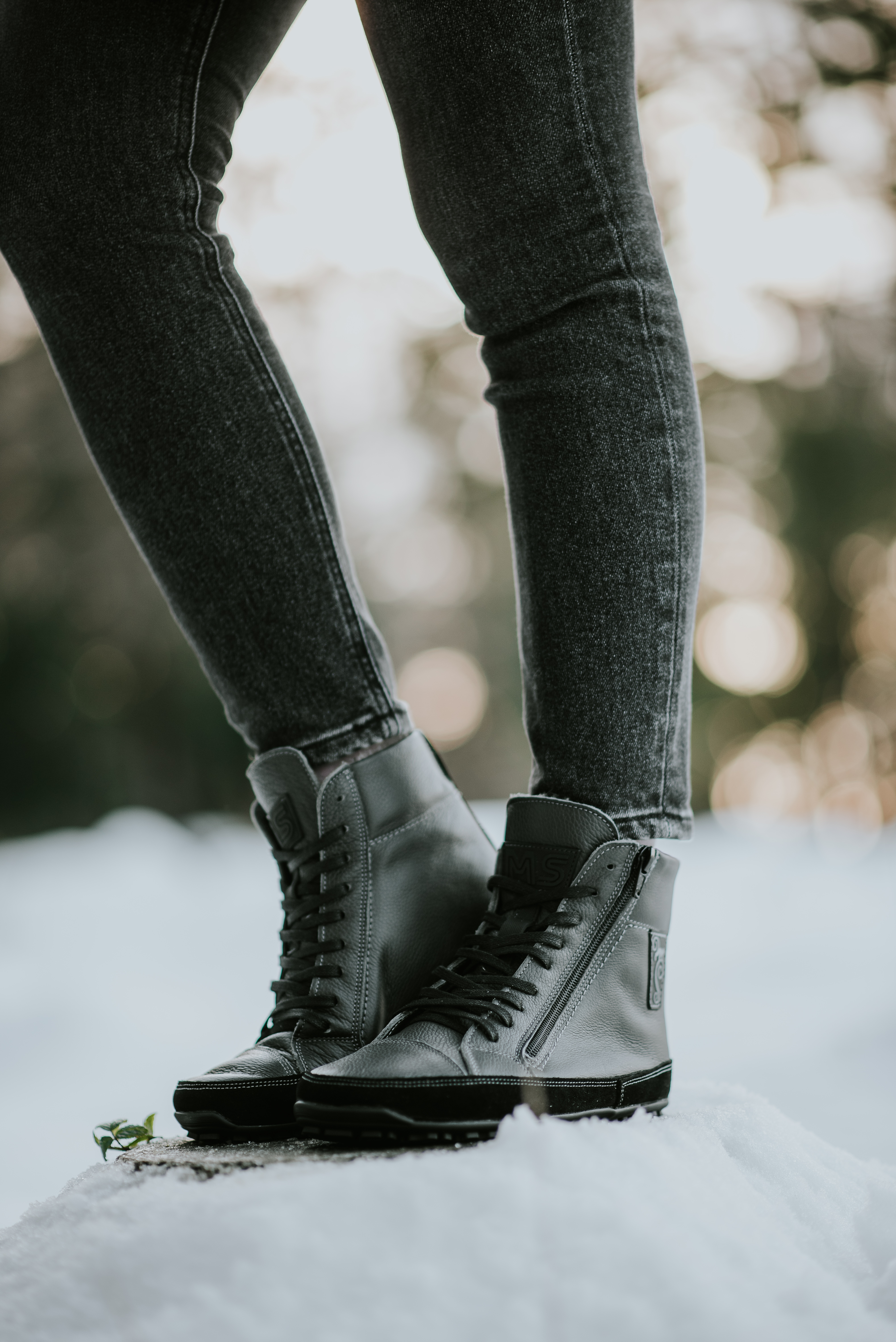
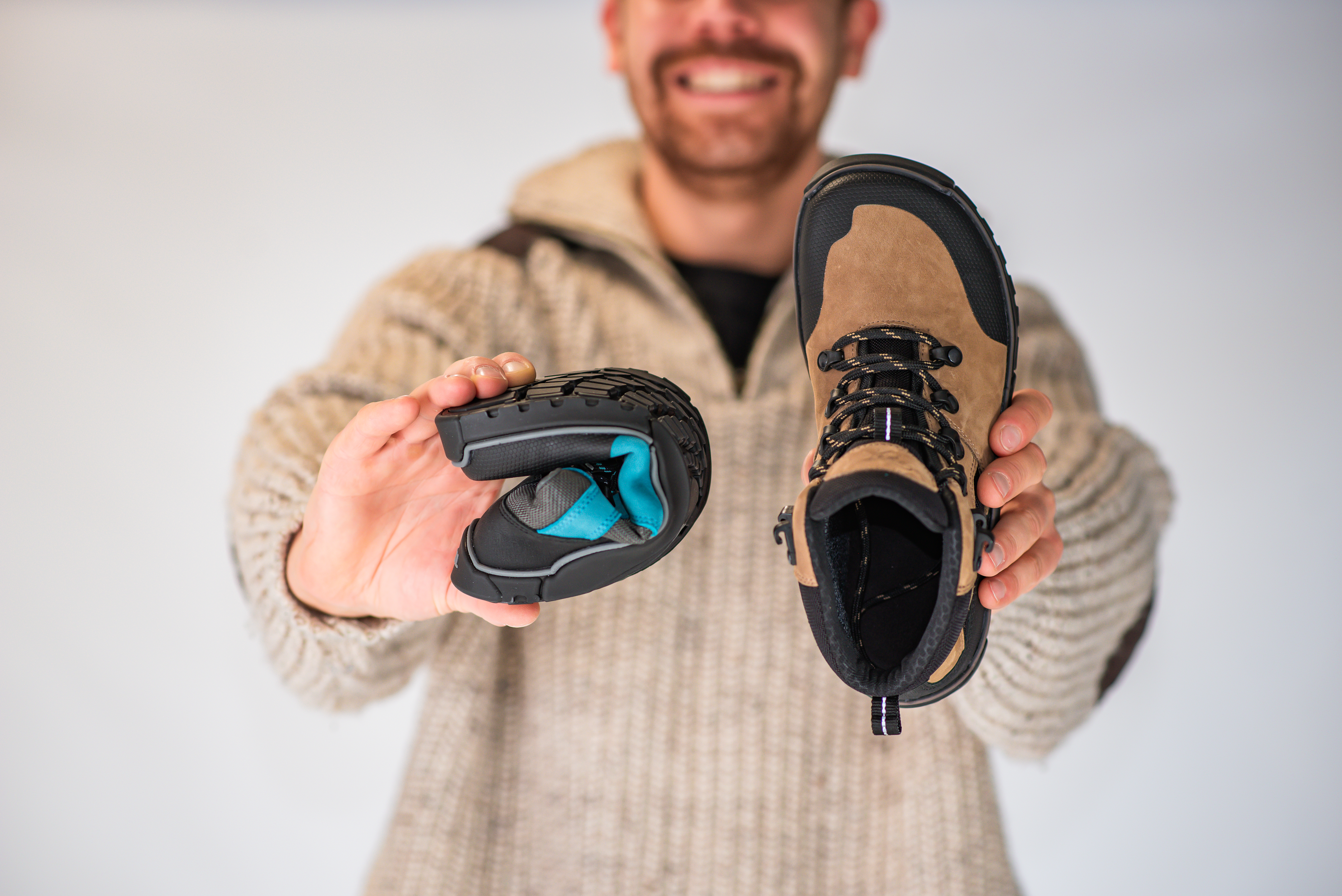
%20(2).jpg)
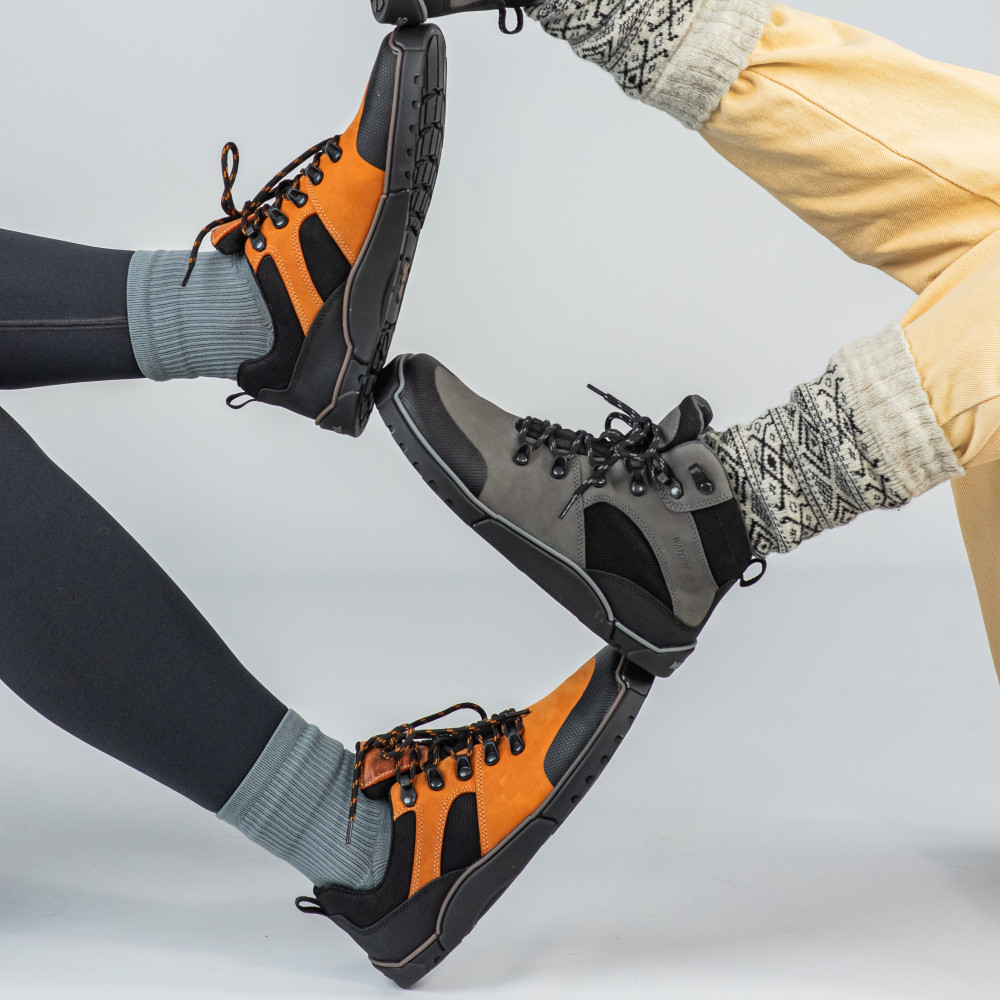
%20(1).jpg)



